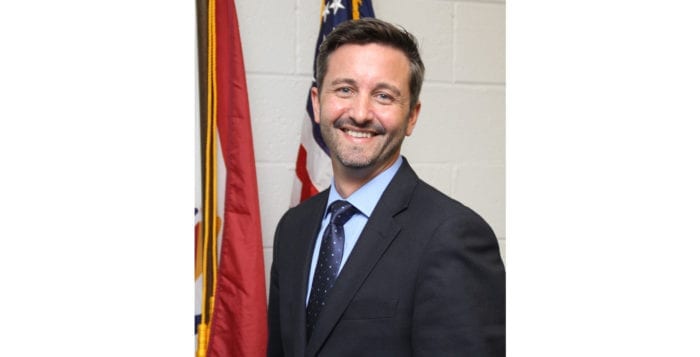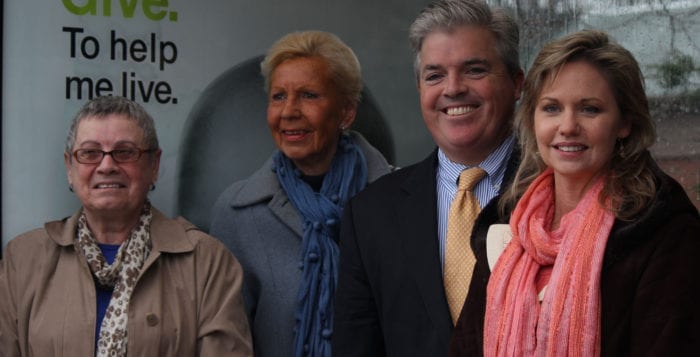By David Dunaief, M.D.
Some research shows that obesity may be reaching a plateau. Is this true? It depends on how the data is analyzed. According to one study, yes; it has plateaued when looking at short, two-year periods from 2003 to 2011 (1).
However, another published study shows a picture that is not as positive (2). The study’s authors believe obesity has not plateaued; when looking over a longer period of time, statistics suggest that obesity has reached a new milestone. There are now more obese patients in the United States than there are overweight patients. And no, it is not because we have fewer overweight patients. This is based on a study that reviewed data from the National Health and Nutrition Examination Survey (NHANES). These results were in adults over the age of 20. This should be an eye-opener.
Unfortunately, according to one study, the probability is not very good for someone to go from obese to “normal” weight in terms of body mass index (3). In this observational trial, results show that an obese man has a 0.5 percent chance of achieving normal weight, while a woman has a slightly better chance, 1 percent. This study used data from the UK Clinical Practice Datalink. The data were still not great for men and women trying to achieve at least a 5 percent weight loss, but better than the prior data. Patients who were more obese actually had an easier time losing 5 percent of their body weight.
What are two major problems with being obese? One, obesity is a disease in and of itself, as noted by the American Medical Association in 2013 (4). Two, obesity is associated with — and is even potentially a significant contributor to — many chronic diseases such as cardiovascular disease (heart disease and stroke), high blood pressure, high cholesterol, atrial fibrillation, diabetes, cancer, cognitive decline and dementia. When I attended the 28th Blackburn Course in Obesity Medicine in June 2015 at Harvard Medical School, a panel of experts noted that there are over 180 chronic diseases associated with obesity.
In this article, we will focus on one significant multifaceted disease, cancer. Watch out for cancer One of the more unpredictable diseases to treat is cancer.
What are the risk factors?
Beyond family history and personal history, obesity seems to be important. In fact, obesity may be a direct contributor to 4 percent of cancer in men and 7 percent of cancer in women (5). This translates into 84,000 cases per year (6). On top of these stunning statistics, there is about a 50 percent increased risk of death associated with cancer patients who are obese compared to those with normal BMIs (7).
What about with breast cancer?
The story may be surprising and disappointing. According to an analysis of the Women’s Health Initiative, those who were obese had increased risks of invasive breast cancer and of death once the diagnosis was made (8). The severity of the breast cancer and its complications were directly related to the severity of the obesity. There was a 58 percent increased risk of advanced breast cancer in those with a BMI of >35 kg/m2 versus those with normal BMI of <25 kg/m2. And this obese group also had a strong association with estrogen-receptor-positive breast cancer.
However, those who lost weight did not reduce their risk of breast cancer during the study. There were 67,000 postmenopausal women between the ages of 50 and 79 involved in this prospective (forward-looking) study. The researchers do not know why patients who lost weight did not reduce their risk profile for cancer and suggest the need for further studies. This does not imply that lifestyle changes do not have a beneficial impact on breast cancer.
What can we do?
We find that fat is not an inert or static substance, far from it. Fat contains adipokines, cell-signaling (communicating) proteins that ultimately may release inflammatory factors in those who have excessive fat. Inflammation increases the risk of tumor development and growth (9).
There is a potentially simple step that obese cancer patients may be able to take — the addition of vitamin D. In a study in older overweight women, those who lost weight and received vitamin D supplementation were more likely to reduce inflammatory factor IL-6 than those who had weight loss without supplementation (10). This was only the case if the women were vitamin D insufficient. This means blood levels were between 10 and 32 ng/mL to receive vitamin D.
Interestingly, it has been suggested that overweight patients are more likely to have low levels of vitamin D, since it gets sequestered in the fat cells and, thus, may reduce its bioavailability. Weight loss helps reduce inflammation, but the authors also surmise that it may also help release sequestered vitamin D. The duration of this randomized controlled trial, the gold standard of studies, was one year, involving 218 postmenopausal women with a mean age of 59.
All of the women were placed on lifestyle modifications involving diet and exercise. The treatment group received 2,000 IU of vitamin D3 daily. Those women who received vitamin D3 and lost 5 to 10 percent of body weight reduced their inflammation more than those in the vitamin D group who did not lose weight.
What does medicine have to offer?
There are a host of options ranging from lifestyle modifications to medications to medical devices to bariatric surgery. In 2015, the FDA approved two medical devices that are intragastric (stomach) balloons (11). The balloons are filled with 500 mL of saline after inserting them in the stomach via upper endoscopy. They need to be removed after six months, but they give the sense of being satiated more easily and help with weight loss.
One, the ReShape Dual Balloon, is intended to go hand-in-hand with diet and exercise. It is meant for obese patients with a BMI of 30-40 kg/m2 and a comorbidity, such as diabetes, who have failed to lose weight through diet and exercise. In a randomized controlled trial involving 326 obese patients, those who received the balloon insertion lost an average of 14.3 lb in six months, compared 7.2 lb for those who underwent a sham operation.
Lifestyle modifications
In an ode to lifestyle modifications, a study of type 2 diabetes patients showed that diet helped reduce weight, while exercise helped maintain weight loss for five years. In this trial, 53 percent of patients who had initially lost 23 lb (9 percent of body weight) over 12 weeks and maintained it over one year were able to continue to maintain this weight loss and preserve muscle mass through diet and exercise over five years (12). They also benefited from a reduction in cardiovascular risk factors. In the initial 12-week period, the patients’ HbA1C was reduced from 7.5 to 6.5 percent, along with a 50 percent reduction in medications.
We know that obesity is overwhelming. It’s difficult to lose weight and even harder to reach a normal weight; however, the benefits far outweigh the risks of remaining obese. Lifestyle modifications are a must that should be discussed with your doctor. In addition, there are a range of procedures available to either help jump start the process, to accelerate progress or to help maintain your desired weight.
References: (1) JAMA 2014;311:806-814. (2) JAMA Intern Med 2015;175(8):1412-1413. (3) Am J Public Health 2015;105(9):e54-59. (4) ama-assn.org. (6) cancer.gov/cancertopics/factsheet/risk/obesity. (7) N Engl J Med 2003;348:1625-1638. (8) JAMA Oncol online June 11, 2015. (9) Clin Endocrinol 2015;83(2):147-156. (10) Cancer Prev Res 2015;8(7):1-8. (11) fda.gov. (12) ADA 2015 Abstract 58-OR.
Dr. Dunaief is a speaker, author and local lifestyle medicine physician focusing on the integration of medicine, nutrition, fitness and stress management. For further information, visit www.medicalcompassmd.com or consult your personal physician.


















